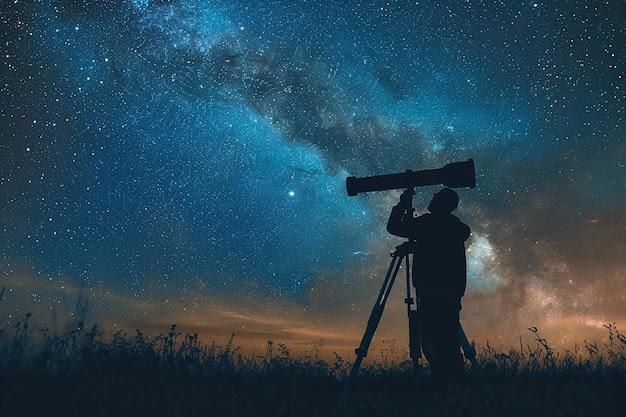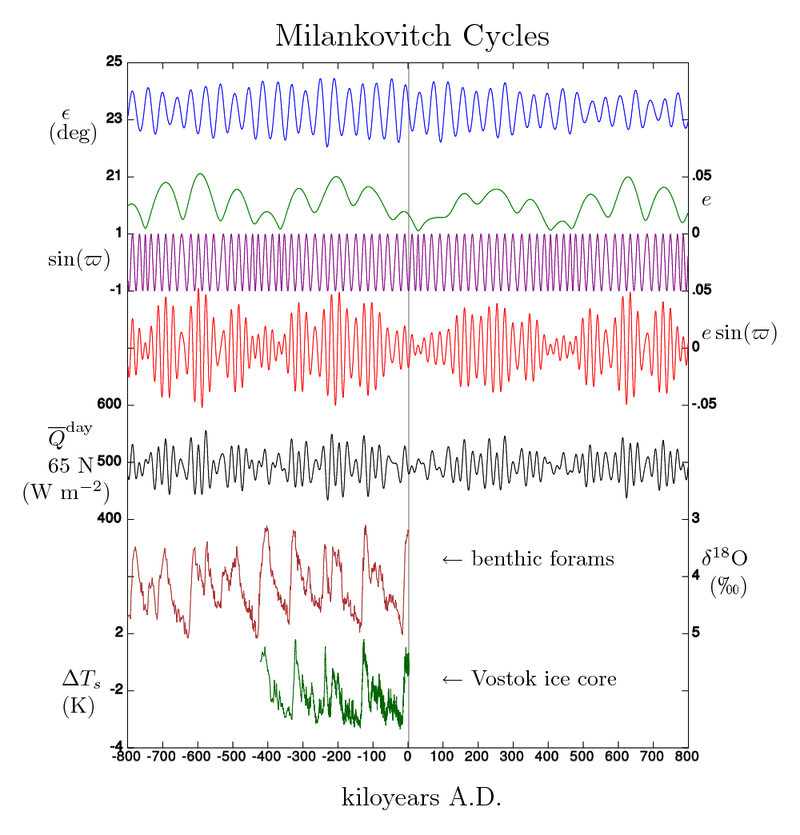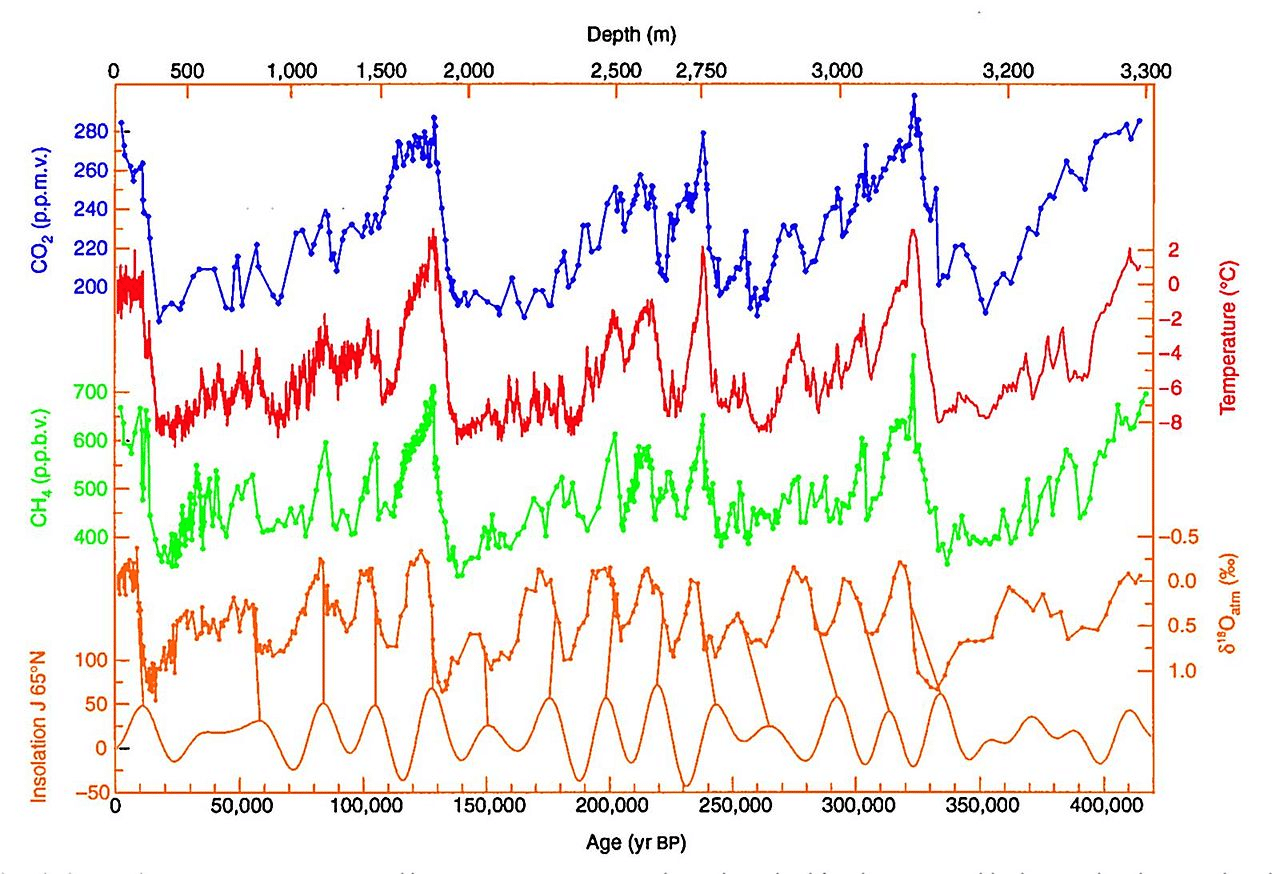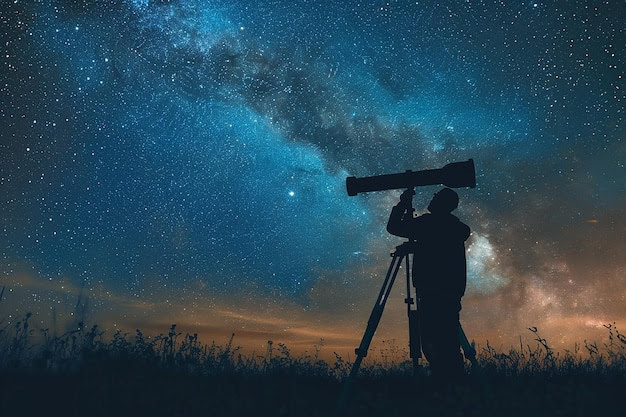
Our planet’s climate is influenced by the relative positions of the Earth and the Sun (by the Earth’s orbital parameters). Since ancient times, mankind has identified two astronomical cycles that are decisive for climate, and which we take for granted: the day (the Earth’s rotation on itself) and the year (the Earth’s revolution around the Sun).
Thus, the calendar and the return of the seasons is certainly the first great discovery in climatology. Since ancient times, astronomers have also identified a “third movement” of the Earth: the precession of the equinoxes, which has a periodicity of 25,700 years. As soon as ice ages were discovered in the XIXᵉ century, it was suggested that they were cyclical and caused by this “third movement” of the Earth, or by other long-term astronomical variations.

Thus, Milankovitch’s theory, enunciated at the beginning of the 20th century, predicts that these ice ages must occur approximately every 41,000 years, which corresponds to the periodicity of variations in the Earth’s obliquity, i.e. the tilt of our planet on its orbit (which notably determines the latitude of the tropics and polar circles).
However, since the 1970s, it has been proven that these climatic cycles are primarily driven by variations in the eccentricity of the Earth’s orbit, and occur approximately every 100,000 years. It is therefore well established that these major climatic cycles are linked to variations in the Earth’s orbit, but the mechanisms involved remain mysterious. Indeed, the variations in eccentricity that occur every 100,000 years are far too small to have a direct impact on climate.
Let’s take a simple example. Every morning, my coffee maker produces hot coffee for breakfast. Its temperature is therefore perfectly correlated with the diurnal cycle. But it’s not the rays of the rising sun that explain this phenomenon, but rather the switching on of an electric heating element triggered by a programmer, itself timed to the diurnal cycle.
In the same way, ice ages are punctuated by variations in the Earth’s eccentricity, but it would be an exaggeration to say that they are caused by orbital variations. The processes involved are still uncertain, but the role of atmospheric CO2 concentration seems essential.
Indeed, since the XIXᵉ century, some scientists have suspected that the cause of glacial cycles is linked to changes in the carbon cycle and the corresponding greenhouse effect. In 1896, S. Arrhenius was the first to attempt to calculate the influence of CO2 on climate.
Although his model was incorrect, the result obtained (a warming of around 5°C for a doubling of atmospheric CO2) is close to today’s best estimates (3.5°C for a doubling of atmospheric CO2). This enabled him to explain a cooling of a few degrees during the ice age, for a CO2 reduction he estimated at 40%.
Thanks to ice drilling in Antarctica, we now know that CO2 was indeed lower during the Ice Age, by approximately 30%. The most sophisticated models tell us that the temperature of the last glacial maximum is half explained by the drop in CO2 and half by the presence of a huge ice cap at high latitudes in the Northern Hemisphere (orbital changes having a negligible role on the Earth’s overall temperature).

As shown in the figure below, the increase in CO2 during the last deglaciation is not a consequence of the melting of the ice caps. It is more likely to be one of its causes, along with the increase in summer insolation over the ice caps, in line with Milankovitch’s theory. To resolve the question of glacial cycles and the role of orbital variations on climate, we therefore need to understand why atmospheric CO2 changes in conjunction with the evolution of ice caps and orbital parameters.
One promising explanation involves deep ocean circulation, in particular the formation of bottom waters around Antarctica, which largely control the vertical stratification of the General Ocean and its capacity to store CO2.
Variations in sea level linked to changes in the Northern Hemisphere ice caps, but also variations in the extent of the Antarctic ice cap, will modify the topography of the formation zones and the characteristics of the density currents that plunge towards the abyss. By coupling Milankovitch’s astronomical theory and Arrhenius’ geochemical theory in this way, it is now possible to sketch out a coherent vision of glacial-interglacial cycles (Paillard and Parrenin).
Notes




